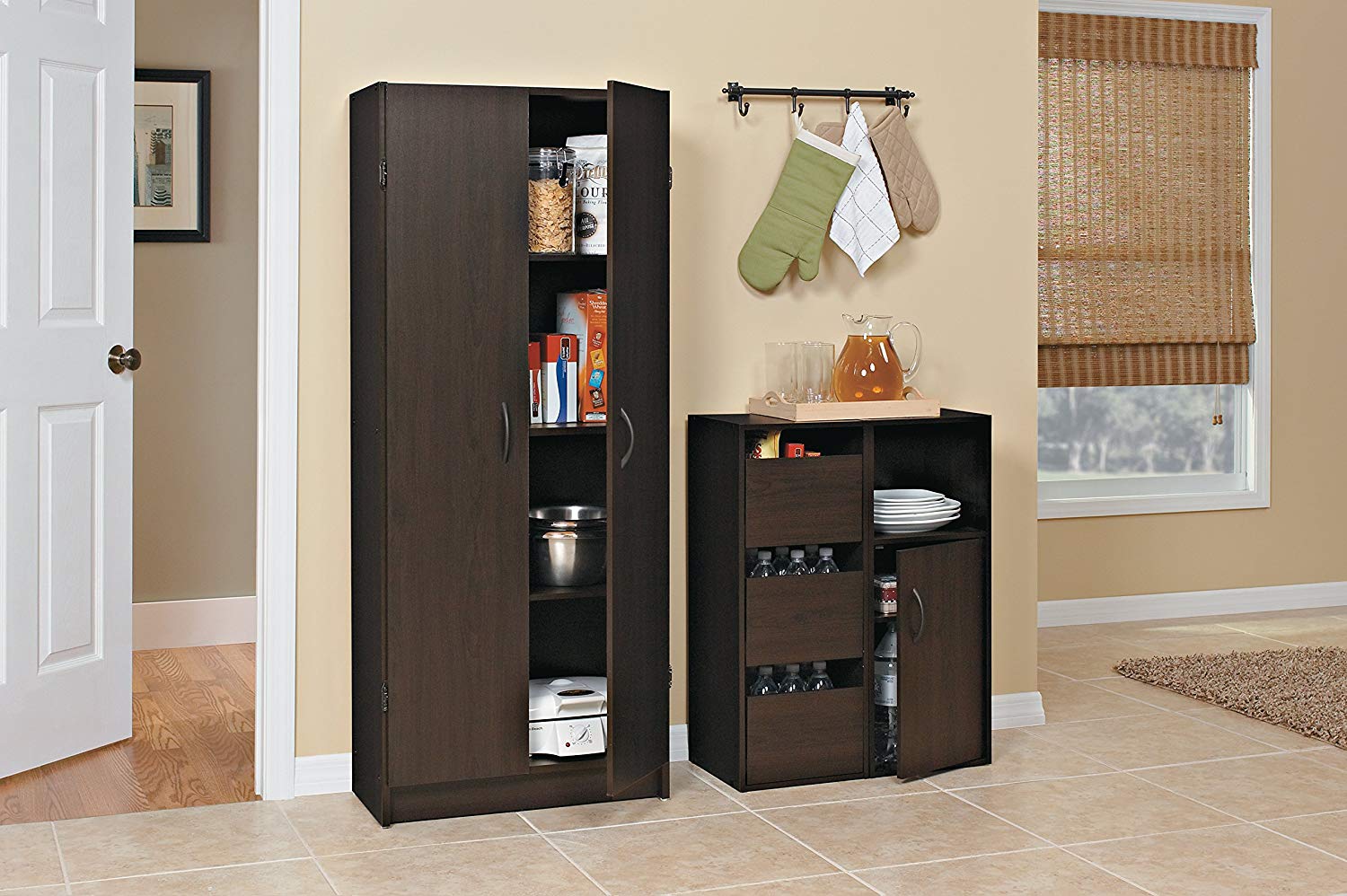

Articles
What Is A Pantry Cabinet
Modified: February 23, 2024
Discover everything you need to know about pantry cabinets in our comprehensive articles. Find tips, ideas, and inspiration to optimize your storage space.
(Many of the links in this article redirect to a specific reviewed product. Your purchase of these products through affiliate links helps to generate commission for Storables.com, at no extra cost. Learn more)
Introduction
Welcome to the world of pantry cabinets – the unsung heroes of kitchen organization! If you’ve ever struggled to find a can of soup or desperately searched for that elusive bag of flour, then you understand the frustration of a disorganized pantry. Enter the pantry cabinet, a versatile storage solution that can revolutionize the way you organize your kitchen.
In this article, we will explore the definition, purpose, types, benefits, features to consider, and tips for organizing and maintaining a pantry cabinet. Whether you’re a seasoned chef or simply looking to declutter your kitchen, this comprehensive guide will help you make informed decisions and maximize the functionality of your pantry cabinet.
So, let’s dive into the world of pantry cabinets and discover how they can transform your kitchen storage!
Key Takeaways:
- Pantry cabinets are versatile storage solutions designed to maximize space, improve organization, and enhance the visual appeal of your kitchen, making meal preparation more efficient and enjoyable.
- Choosing the right pantry cabinet involves considering factors such as size, storage capacity, adjustable shelves, door configuration, material, finish, additional features, installation, and budget to ensure a perfect balance of style and practicality.
Definition of Pantry Cabinet
A pantry cabinet is a type of storage furniture specifically designed for organizing and storing food, beverages, kitchen supplies, and other household items. It is typically placed in the kitchen, but can also be found in other areas of the home, such as the dining room, utility room, or basement.
Pantry cabinets are distinguished by their size, construction, and functionality. They are generally larger and taller than regular kitchen cabinets, providing ample space for storing a wide variety of items. They often feature multiple shelves, drawers, and compartments, allowing for efficient organization and easy access to stored items.
These cabinets can be free-standing or built-in, depending on the layout and design of the kitchen or desired placement. Free-standing pantry cabinets are self-contained units that can be moved and placed anywhere in the kitchen, while built-in pantry cabinets are integrated into the kitchen cabinetry and provide a seamless look.
Traditionally, pantry cabinets were primarily used for storing non-perishable items, such as canned goods, dry goods, and spices. However, modern pantry cabinets offer greater versatility and can accommodate a wide range of items, including fresh produce, kitchen appliances, dinnerware, and more.
The design and construction of pantry cabinets vary, ranging from simple and utilitarian to ornate and decorative. They can be made from a variety of materials, such as wood, metal, or composite materials, and come in various finishes, such as natural wood, painted, or laminated.
Overall, a pantry cabinet is an essential piece of furniture that provides convenient storage and organization for your kitchen essentials, allowing you to keep your kitchen tidy, efficient, and visually appealing.
Purpose of Pantry Cabinets
The purpose of a pantry cabinet is to provide efficient and organized storage space for a variety of items in the kitchen. By having a dedicated space for food, beverages, and other kitchen supplies, pantry cabinets serve several important purposes:
- Maximizing Storage: Pantry cabinets are designed to maximize storage capacity and make the most of the available space in your kitchen. With multiple shelves, drawers, and compartments, they provide ample room to store a wide range of items, from canned goods and dry ingredients to small appliances and cookware.
- Improved Organization: A well-organized pantry cabinet allows for easy access and retrieval of items. By categorizing and arranging items in a logical manner, such as grouping similar items together or using labeled containers, you can quickly find what you need and avoid the frustration of rummaging through cluttered shelves.
- Preservation of Freshness: Many pantry cabinets offer features that help preserve the freshness and quality of stored items. For example, some cabinets include adjustable temperature control or built-in humidity control to optimize storage conditions for perishable items like fruits and vegetables. Additionally, opaque or tinted glass doors can protect items from direct sunlight, preventing spoilage.
- Increased Efficiency: By having a well-organized pantry cabinet, you can streamline your cooking and meal preparation process. With everything in its proper place, you can easily see what items you have on hand, plan your meals accordingly, and reduce food waste. This leads to more efficient grocery shopping and a smoother cooking experience.
- Enhanced Visual Appeal: Pantry cabinets come in a variety of styles and finishes, allowing you to choose one that complements your kitchen decor and enhances its overall aesthetic. A well-designed and visually appealing pantry cabinet can become a focal point in the kitchen, adding a touch of elegance and sophistication to the space.
- Space Optimization: For kitchens with limited counter and cabinet space, a pantry cabinet provides an additional storage solution without taking up valuable floor space. By utilizing vertical storage, you can make the most of your kitchen’s height and create a clutter-free environment.
Overall, the purpose of a pantry cabinet is to make your kitchen more functional, organized, and visually pleasing. It offers a dedicated space for storing various items, allowing you to optimize storage, streamline your cooking process, and create a harmonious and efficient workspace in your kitchen.
Types of Pantry Cabinets
Pantry cabinets come in various types, each offering unique features and benefits. Understanding the different types can help you choose the one that best suits your needs and fits seamlessly into your kitchen layout. Here are some common types of pantry cabinets:
- Freestanding Pantry Cabinets: Freestanding pantry cabinets are versatile and can be placed anywhere in the kitchen. They are standalone units that do not require installation or attachment to the wall or existing cabinetry. These cabinets come in different sizes, styles, and configurations, offering flexibility in terms of storage capacity and design. You can choose from narrow towers with open shelving or larger cabinets with a combination of shelves, drawers, and doors.
- Built-in Pantry Cabinets: Built-in pantry cabinets are custom-designed to fit seamlessly into your kitchen cabinetry. They are integrated into the surrounding cabinetry, creating a cohesive and streamlined look. Built-in pantry cabinets can be tailored to match the style, finish, and dimensions of your existing kitchen cabinets. They provide a built-in and uniform storage solution, blending seamlessly with the overall design aesthetic of your kitchen.
- Walk-In Pantries: Walk-in pantries are a dream for those who have ample space in their kitchens. These large pantries are separate rooms or closets that offer extensive storage for food, beverages, and kitchen supplies. Walk-in pantries typically feature a combination of shelves, drawers, and countertop space, allowing for efficient organization and easy access to stored items. They provide ample room for bulk storage, as well as a dedicated space for appliances and other kitchen essentials.
- Pull-Out Pantry Cabinets: Pull-out pantry cabinets are designed to maximize storage in narrow spaces. These cabinets feature shelves or racks that can be pulled out horizontally or vertically, providing easy access to stored items. Pull-out pantry cabinets are ideal for utilizing slim gaps between appliances or walls, allowing you to make the most of every inch of available space. They are often equipped with adjustable shelves or baskets that can be customized to fit your storage needs.
- Corner Pantry Cabinets: Corner pantry cabinets are designed to make the most of corner spaces in kitchens. These cabinets typically have a diagonal or L-shaped configuration and are installed in the corner of a wall. Corner pantry cabinets maximize storage capacity while utilizing otherwise unused space in the kitchen. They can feature rotating shelves or pull-out mechanisms to ensure easy access to items stored at the back.
When choosing a pantry cabinet, consider your kitchen layout, available space, storage needs, and personal preferences. Each type of pantry cabinet offers distinct advantages, so choose the one that best fits your requirements and complements the overall design of your kitchen.
Benefits of Using a Pantry Cabinet
Utilizing a pantry cabinet in your kitchen can bring numerous benefits that enhance your storage capabilities and improve your overall kitchen organization. Here are some of the key benefits of using a pantry cabinet:
- Increased Storage Space: One of the primary advantages of a pantry cabinet is the additional storage space it provides. With multiple shelves, drawers, and compartments, you can neatly store a wide range of items, including food, beverages, kitchen supplies, small appliances, and more. A pantry cabinet allows you to expand your storage capacity and keep your kitchen clutter-free.
- Efficient Organization: A well-designed pantry cabinet facilitates efficient organization. You can categorize items, group similar items together, and use containers or bins to further organize your supplies. This makes it easier to locate items quickly, eliminates the need for rummaging through cluttered cabinets, and simplifies the meal preparation process.
- Improved Accessibility: Pantry cabinets are designed to provide easy access to stored items. You can arrange your pantry items in a way that makes them easily visible and within reach. With adjustable shelves and pull-out mechanisms, you can effectively utilize all available space, making it simple to retrieve even items stored in the back of the cabinet.
- Optimized Visibility: Many pantry cabinets have transparent or glass doors, allowing you to see the items stored inside without having to open the cabinet. This enhances visibility and enables you to quickly assess what you have and what you need to restock, preventing wastage and ensuring efficient grocery shopping and meal planning.
- Freshness and Longevity: Some pantry cabinets offer features that help preserve the freshness and longevity of perishable items. Temperature and humidity controls, as well as adequate ventilation, ensure that food items maintain their quality for a longer time. This can reduce food waste and help you save money by preventing spoilage.
- Enhanced Kitchen Aesthetics: A well-organized and visually appealing pantry cabinet can elevate the overall aesthetics of your kitchen. Many pantry cabinets come in various designs, finishes, and styles that can complement your kitchen decor and create a cohesive look. Additionally, maintaining a clutter-free pantry cabinet contributes to a neat and tidy kitchen environment.
- Efficient Time Management: A properly organized pantry cabinet saves valuable time by eliminating the need to search for ingredients or supplies. With everything in its designated place, you can easily find the items you need, streamlining meal preparation and cooking processes. This can be particularly beneficial during busy mornings or when entertaining guests.
- Economic Savings: By having a well-organized pantry cabinet, you can keep track of your inventory and avoid purchasing duplicate items. With clear visibility of your supplies, you can plan your grocery shopping more efficiently, preventing unnecessary purchases and reducing food waste. This can lead to significant cost savings over time.
A pantry cabinet is a valuable addition to any kitchen, offering increased storage space, efficient organization, improved accessibility, and enhanced kitchen aesthetics. It not only simplifies your daily tasks but also promotes a more sustainable and economical approach to food management.
A pantry cabinet is a tall, freestanding cabinet used for storing non-perishable food items, kitchen supplies, and small appliances. When choosing a pantry cabinet, consider the size, material, and design that best fits your storage needs and kitchen decor.
Read more: Where To Put Items In A Pantry Cabinet
Features to Consider when Choosing a Pantry Cabinet
Choosing the right pantry cabinet for your kitchen requires careful consideration of various factors and features. Here are some key features to keep in mind when selecting a pantry cabinet:
- Size and Space: Evaluate the available space in your kitchen and determine the size of the pantry cabinet that will fit comfortably. Consider both the width and height of the cabinet, ensuring it will not obstruct other kitchen elements and allow for easy access.
- Storage Capacity: Assess your storage needs and consider the amount of storage space required in your pantry cabinet. Look for a cabinet that offers a sufficient number of shelves, drawers, and compartments to accommodate all your kitchen essentials.
- Adjustable Shelves: Flexible and adjustable shelves allow you to customize the storage configuration according to your needs and the size of items you plan to store. This feature enables you to accommodate larger or taller items in the cabinet and maximize the available space.
- Door Configuration: Consider the type of doors on the cabinet and how they will impact accessibility and visibility. Options include swing doors, sliding doors, or glass doors. Glass doors can provide a clear view of the contents, while swing or sliding doors may be more suitable if you prefer a concealed look.
- Material and Construction: Evaluate the quality of the materials used in the construction of the pantry cabinet. Opt for durable materials that can withstand daily use and are resistant to moisture and heat. Common materials include wood, metal, and composite materials.
- Finish and Style: Choose a finish and style that complements your kitchen decor and personal preferences. Whether you prefer a natural wood look, painted finish, or a sleek modern design, select a pantry cabinet that enhances the overall aesthetics of your kitchen.
- Additional Features: Consider any additional features that may enhance the functionality of the pantry cabinet. This could include built-in spice racks, wine racks, pull-out drawers, or trays. These features can provide added convenience and organization to suit your specific needs.
- Installation and Assembly: Determine whether the pantry cabinet requires professional installation or if it can be easily assembled on your own. Consider the ease of assembly and make sure you have the necessary tools and instructions to set up the cabinet properly.
- Budget: Set a budget for your pantry cabinet and look for options that offer the features you desire within your price range. Assess the value for money and choose a cabinet that provides the best combination of quality, features, and affordability.
By considering these features, you can select a pantry cabinet that meets your storage needs, matches your kitchen decor, and provides long-lasting functionality. Keep in mind that the perfect pantry cabinet will balance both style and practicality to enhance your overall kitchen experience.
How to Organize a Pantry Cabinet
An organized pantry cabinet can make a world of difference in your kitchen. It allows for easy access to items, streamlines meal preparation, and helps maintain a clutter-free space. Here are some tips to help you effectively organize your pantry cabinet:
- Declutter and Sort: Start by emptying your pantry cabinet and decluttering its contents. Sort through all items, checking for expiration dates and disposing of anything that is expired or no longer needed. This step helps create a clean slate and ensures you only keep items that are fresh and useful.
- Categorize Items: Group similar items together to create categories. For example, keep canned goods in one section, baking supplies in another, and snacks in a separate area. This makes it easier to locate specific items and maintains a logical order within the cabinet.
- Use Containers and Bins: Utilize storage containers and bins to further organize your pantry cabinet. These can be used to group loose items or create designated spaces for different categories. Clear containers are especially useful as they allow you to see the contents easily.
- Arrange Items Strategically: Place frequently used items within easy reach, preferably at eye level or on lower shelves. Less frequently used items can be stored on higher shelves or in the back of the cabinet. Remember to consider weight distribution and place heavier items on lower shelves to prevent accidents.
- Label Everything: Labeling containers, shelves, or bins makes it effortless to find what you need and maintain the organization over time. Labeling can be done using adhesive labels, chalkboard labels, or a labeling machine. Clear and visible labels ensure that everyone in the household knows where each item belongs.
- Utilize Vertical Space: Make the most of vertical space by using shelf organizers or stackable shelves. This allows you to add additional layers of storage and maximize the available space. Vertical space utilization is particularly useful for storing smaller items or creating designated areas for specific categories.
- Consider Accessibility: Arrange items based on their frequency of use. Keep everyday essentials and frequently used ingredients easily accessible. Specialized tools or appliances that are rarely used can be stored in higher or more out-of-the-way compartments.
- Maintain Cleanliness: Regularly clean and wipe down your pantry cabinet to prevent the accumulation of dust, spills, or food debris. Periodically remove items and clean the shelves thoroughly. This ensures the longevity of your pantry cabinet and helps maintain a hygienic storage environment.
- Regularly Assess and Restock: Schedule regular assessments of your pantry cabinet to check for expired or near-expiry items. Discard anything that has gone bad and make note of items that need to be restocked. This prevents the accumulation of expired or unused items and ensures you have the supplies you need for meal preparation.
By following these tips, you can transform your pantry cabinet into a well-organized space that allows for efficient storage and easy accessibility. A neatly organized pantry cabinet simplifies meal planning, reduces waste, and enhances your overall kitchen experience.
Maintenance and Cleaning Tips for Pantry Cabinets
Maintaining a clean and well-maintained pantry cabinet is essential to ensure the longevity of your storage space and keep it hygienic. Here are some maintenance and cleaning tips to help you keep your pantry cabinet in top condition:
- Regular Inspection and Organization: Schedule regular inspections of your pantry cabinet to assess its contents. Remove any expired or spoiled items and reorganize the remaining items to maintain a clutter-free space.
- Frequent Wiping and Dusting: Dust the shelves and surfaces of your pantry cabinet regularly using a soft cloth or microfiber cloth. This prevents the accumulation of dust and keeps your items clean.
- Deep Cleaning: Periodically, remove all items from the pantry cabinet and deep clean the interior. Use a mild detergent or a vinegar-water solution to wipe down the surfaces and remove any stains or spills. Be sure to dry the cabinet thoroughly to prevent moisture buildup.
- Address Spills Immediately: If any spills occur inside the pantry cabinet, clean them immediately to prevent staining or odor development. Use a damp cloth or paper towels to blot up the spill and then wipe the area with a mild cleaning solution.
- Use Shelf Liners: Consider using shelf liners to protect the shelves of your pantry cabinet. Liners not only provide a clean and attractive surface but also help protect against spills and stains. They can be easily removed and cleaned as needed.
- Monitor Humidity Levels: Ensure that your pantry cabinet is kept in an area with appropriate humidity levels. Excessive moisture can lead to mold or mildew growth, which can damage your stored items and the cabinet itself. Consider using dehumidifiers or moisture absorbers if necessary.
- Inspect for Pest Infestations: Regularly check your pantry cabinet for any signs of pests such as ants, cockroaches, or rodents. Keep all food items sealed tightly and do not store any open or exposed food products in the pantry cabinet. If you notice any signs of infestation, take immediate action to eliminate the pests.
- Check Door Seals: Inspect the door seals or gaskets of your pantry cabinet to ensure they are in good condition. If you notice any cracks or gaps, replace the seals to maintain proper insulation and prevent air and moisture from entering the cabinet.
- Rotate Perishable Items: Regularly check the expiration dates of perishable items and rotate them accordingly. Place newer items behind older ones to ensure that you use them before they expire.
- Maintain a System: Establish a system for organizing your pantry cabinet and stick to it. Return items to their designated places after use and encourage other household members to do the same. This helps maintain the order and cleanliness of your pantry cabinet.
By following these maintenance and cleaning tips, you can keep your pantry cabinet in excellent condition, extend its lifespan, and ensure a clean and organized storage space for your kitchen essentials.
Conclusion
A well-organized and functional pantry cabinet can be a game-changer in your kitchen. It provides ample storage space, streamlines meal preparation, and enhances the overall aesthetics of your kitchen. By considering the various types, features, and benefits of pantry cabinets, you can make an informed decision when choosing the one that suits your needs.
When organizing your pantry cabinet, remember to declutter, categorize items, and utilize containers and labels for efficient organization. Arrange items strategically, keeping frequently used items within easy reach and optimizing vertical space. Regular maintenance and cleaning routines, such as dusting, deep cleaning, and monitoring humidity levels, help keep your pantry cabinet in pristine condition.
With a well-organized and clean pantry cabinet, you can enjoy the benefits of efficient storage, improved accessibility, and enhanced visual appeal in your kitchen. You can easily locate ingredients, streamline meal planning, and minimize food waste. A pantry cabinet helps create a functional, efficient, and visually appealing kitchen space that supports your culinary endeavors.
So, whether you choose a freestanding or built-in pantry cabinet, a walk-in pantry, or a pull-out cabinet, investing in a pantry storage solution can truly transform your kitchen and simplify your daily life. Take the time to plan, organize, and maintain your pantry cabinet, and you will reap the rewards of a well-ordered and delightful kitchen space for years to come.
Frequently Asked Questions about What Is A Pantry Cabinet
Was this page helpful?
At Storables.com, we guarantee accurate and reliable information. Our content, validated by Expert Board Contributors, is crafted following stringent Editorial Policies. We're committed to providing you with well-researched, expert-backed insights for all your informational needs.
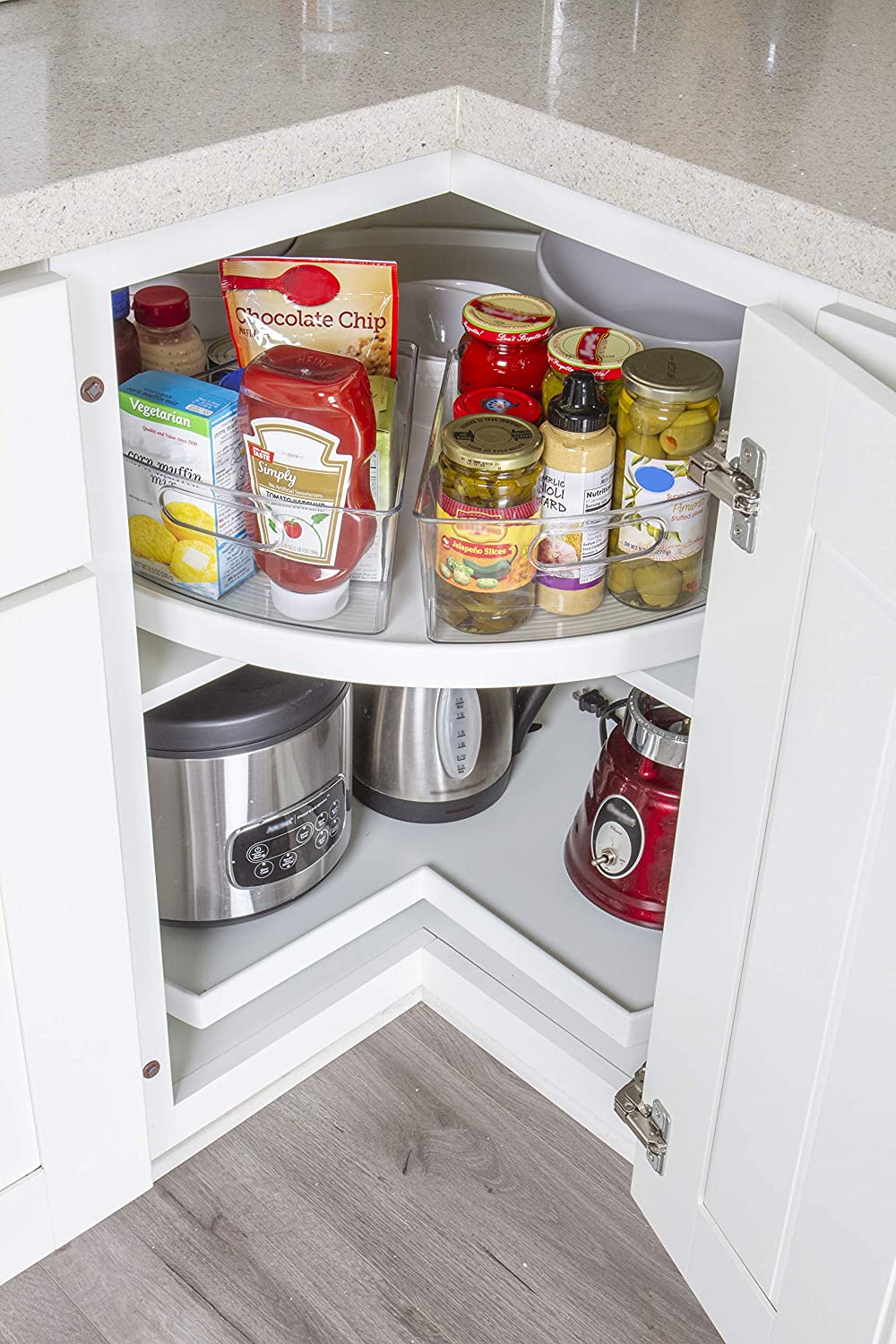
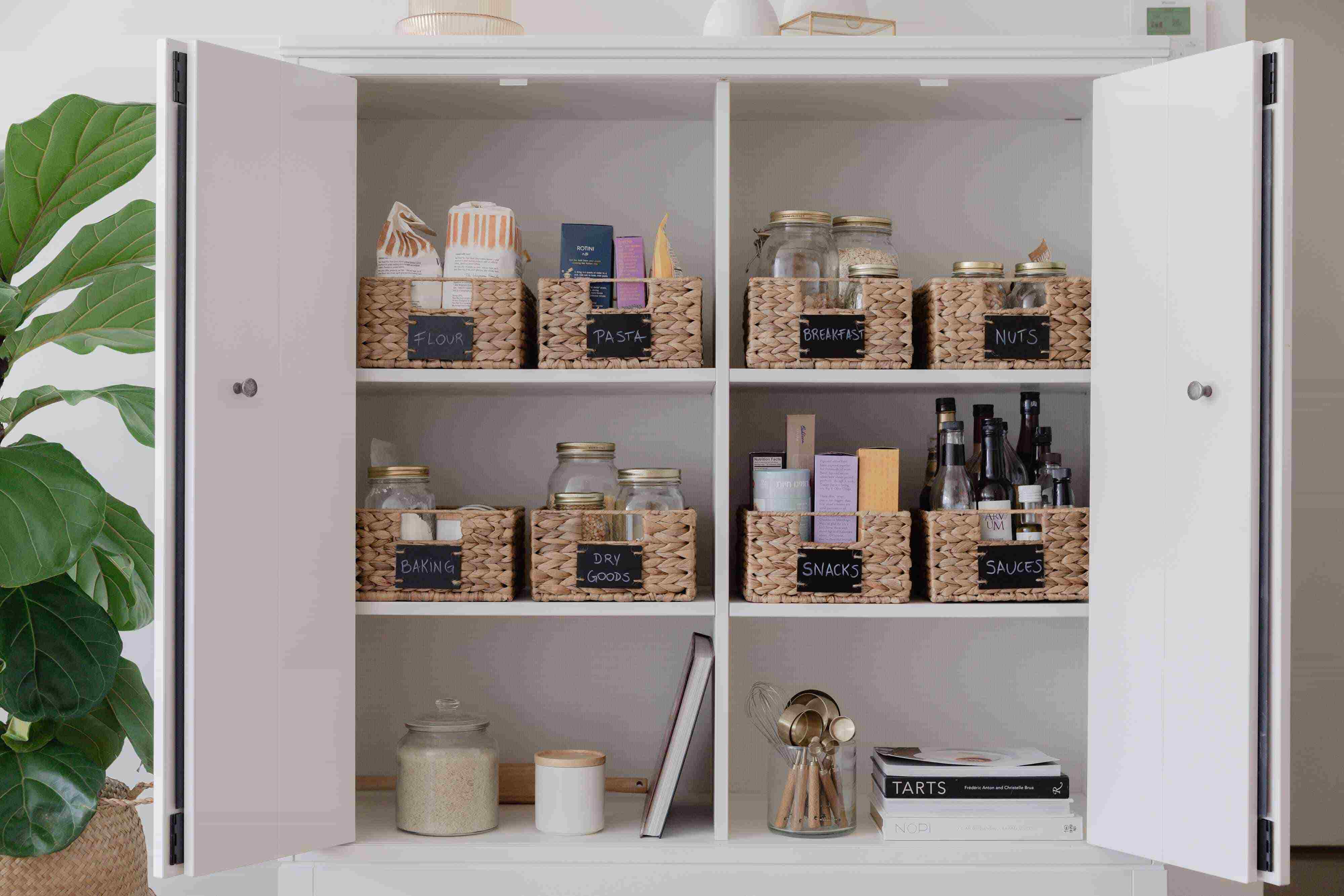
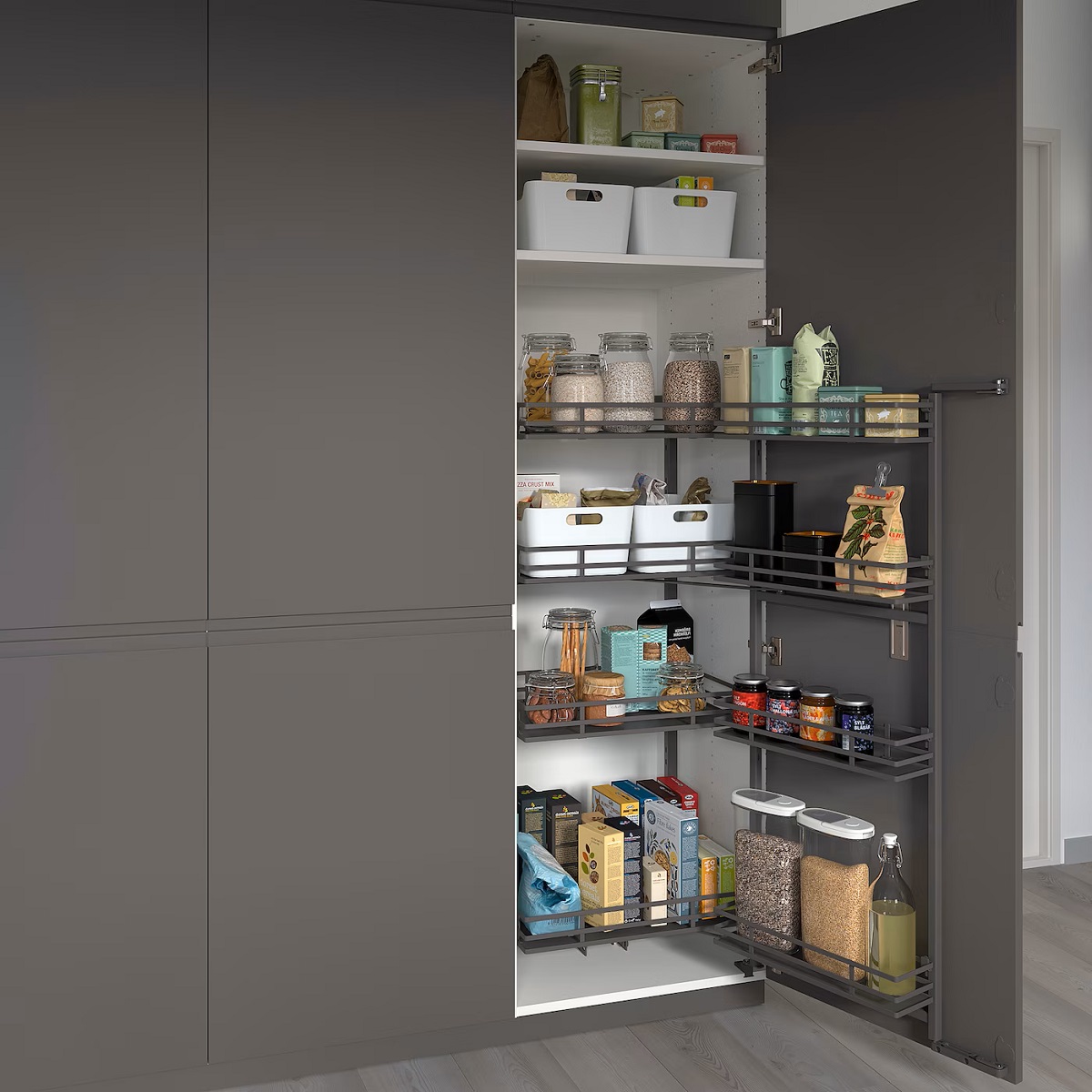
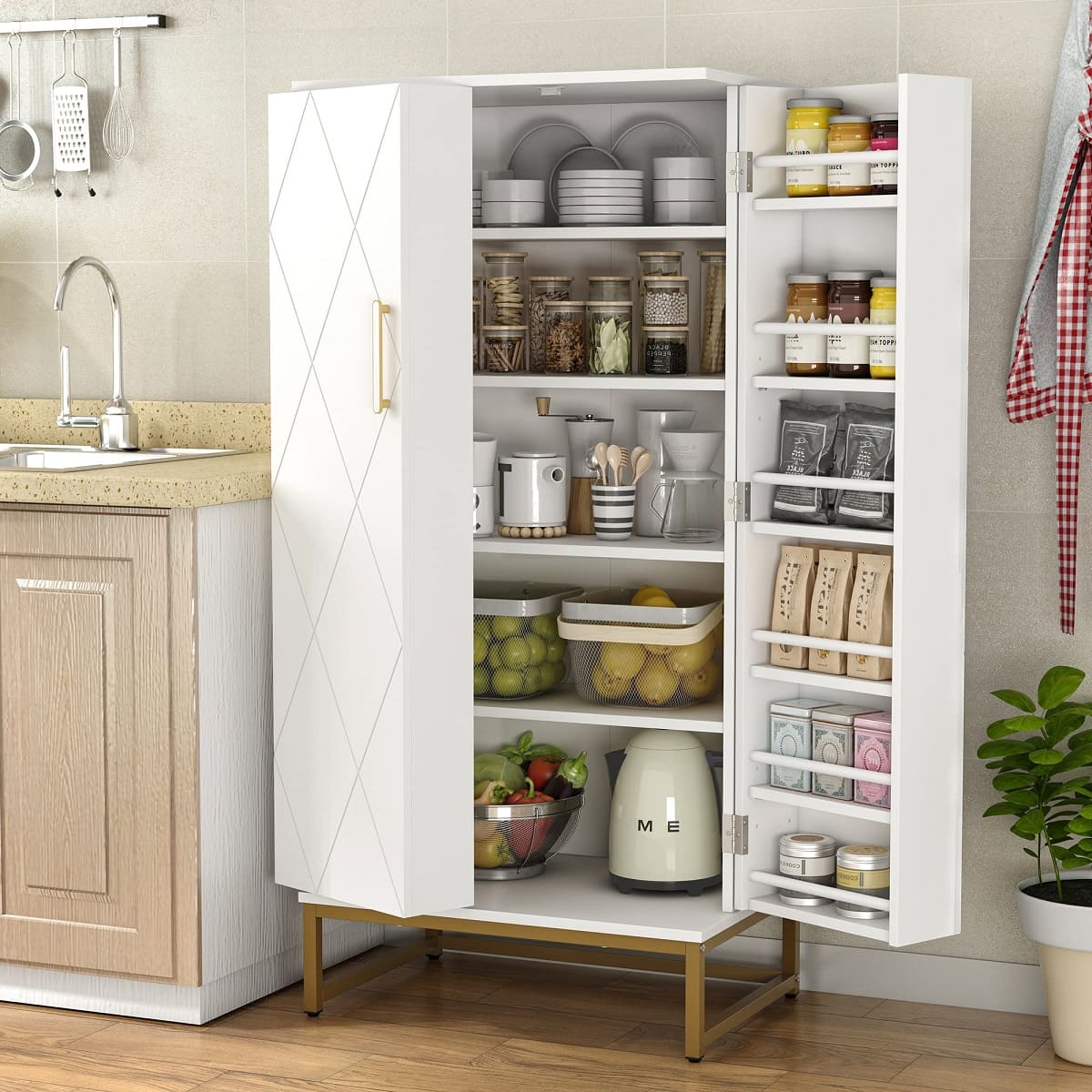
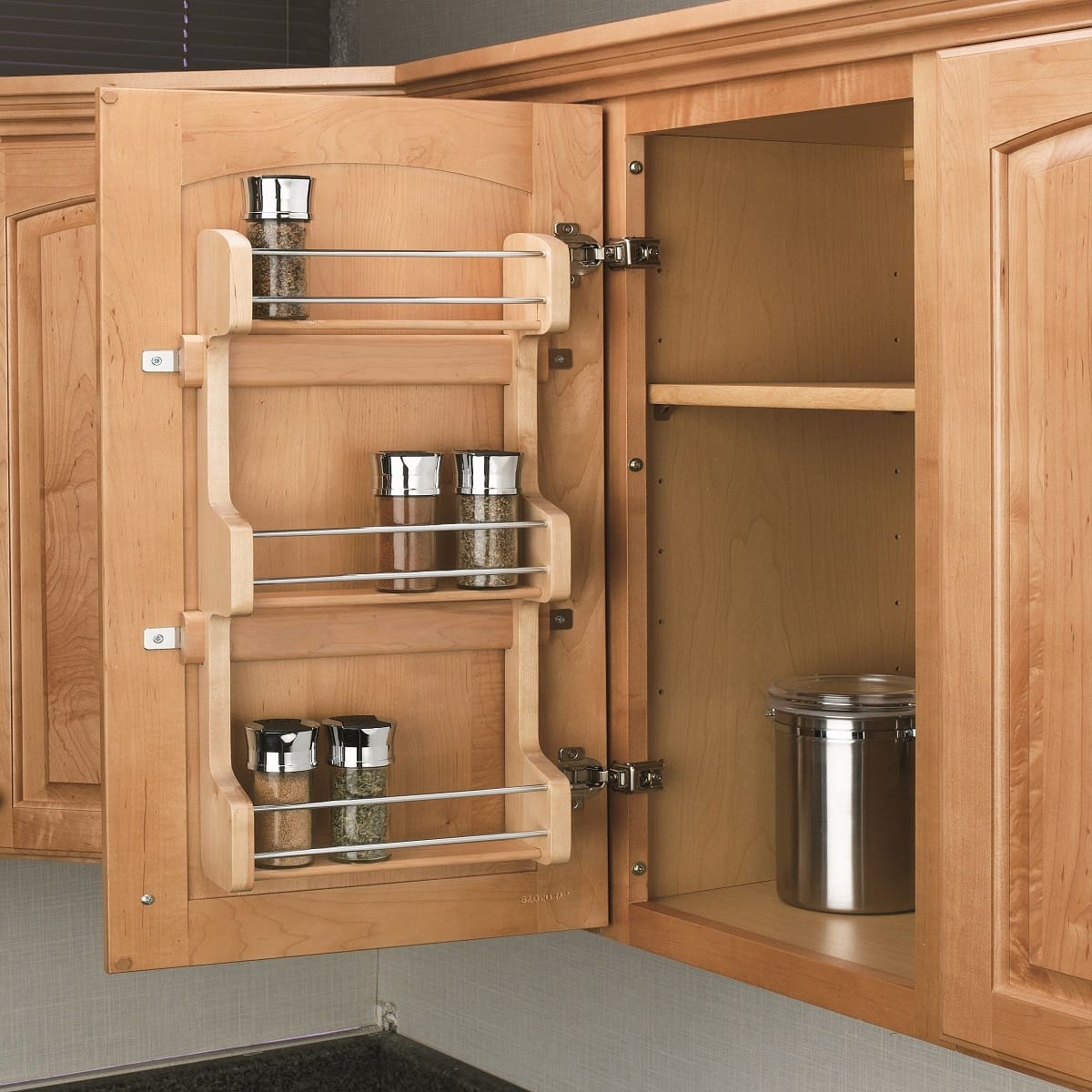
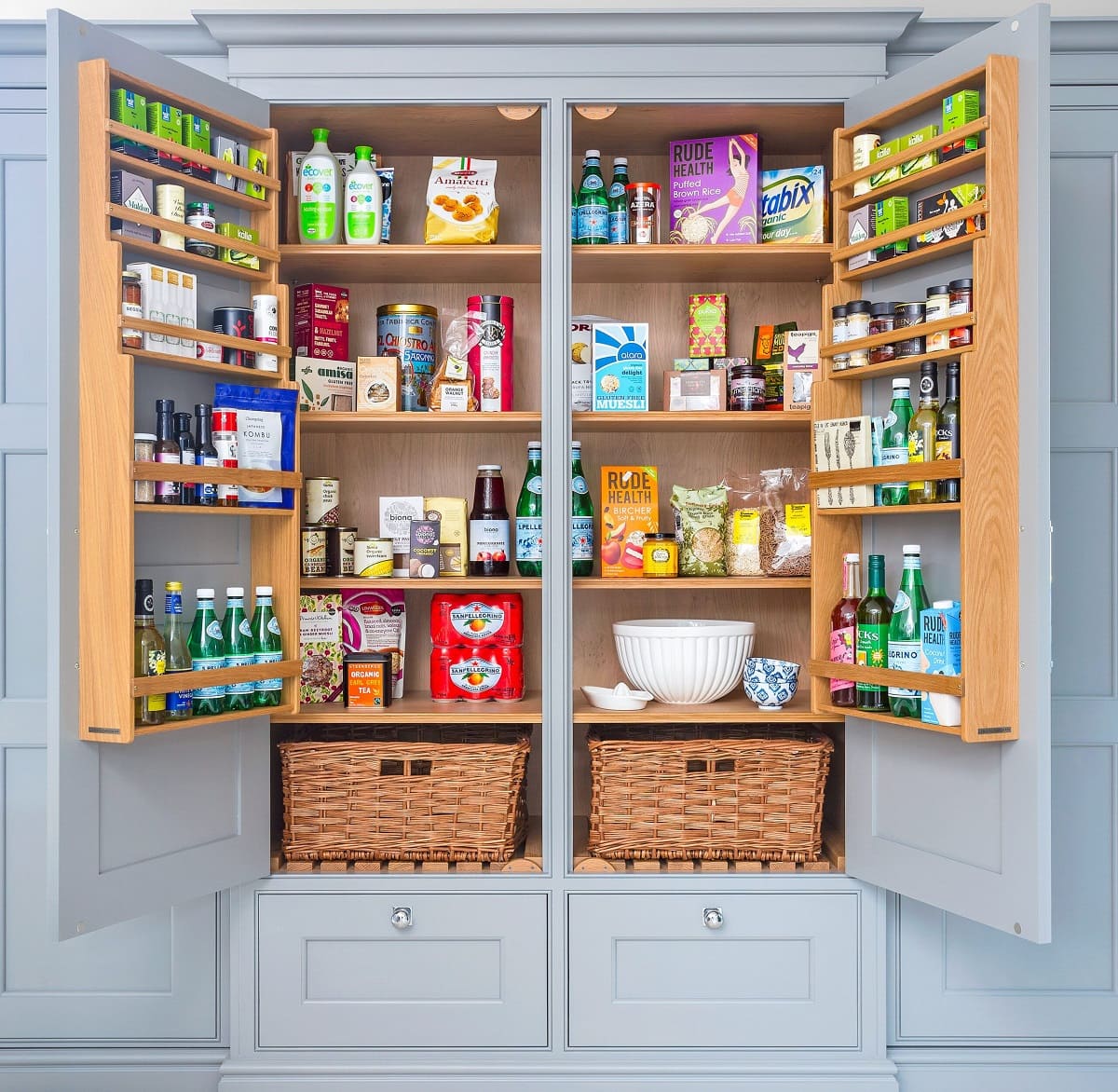

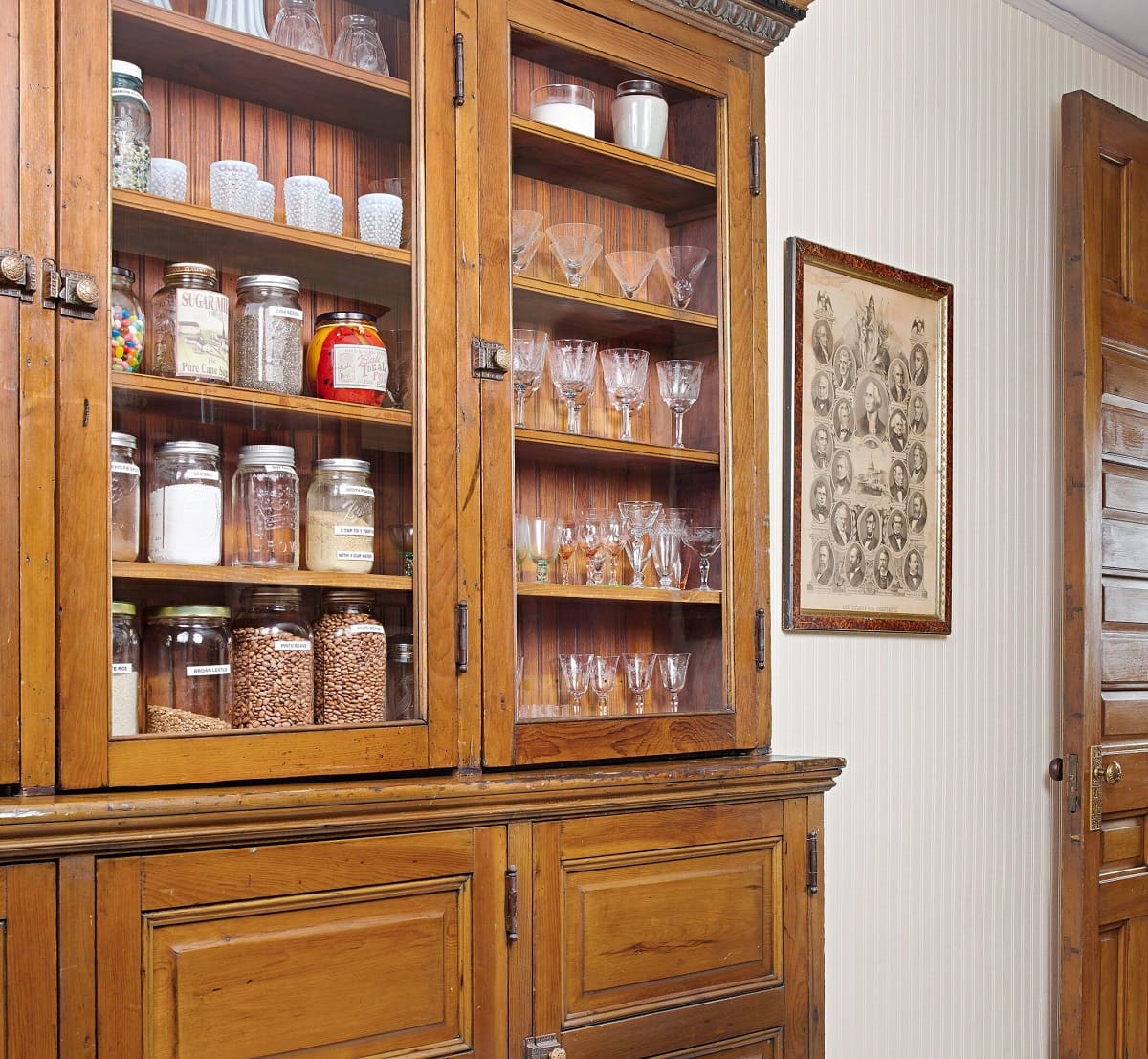
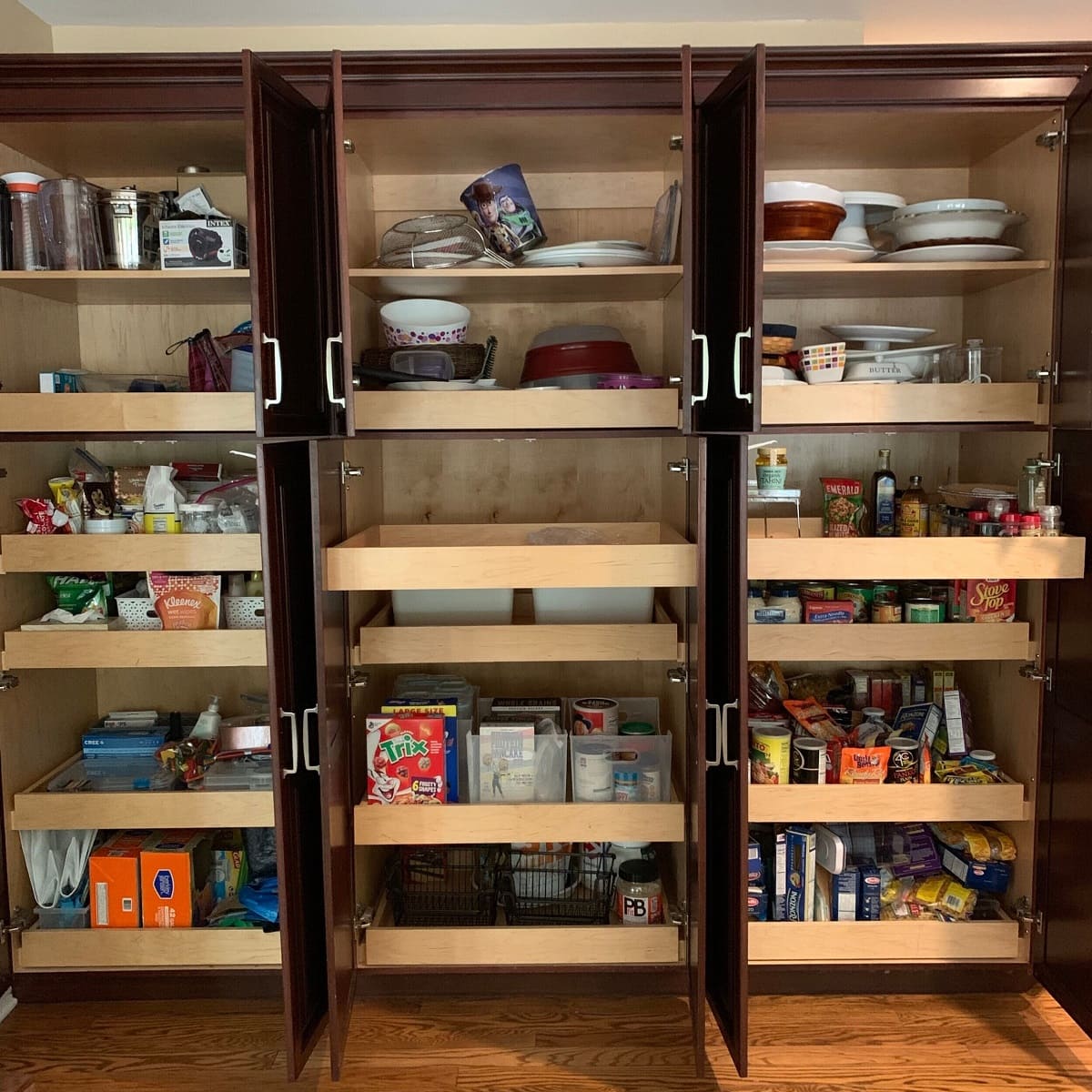
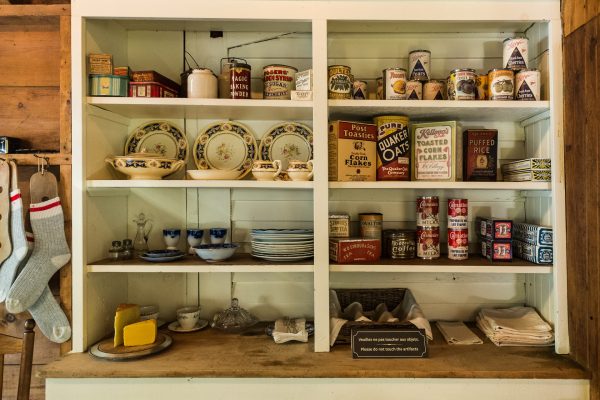
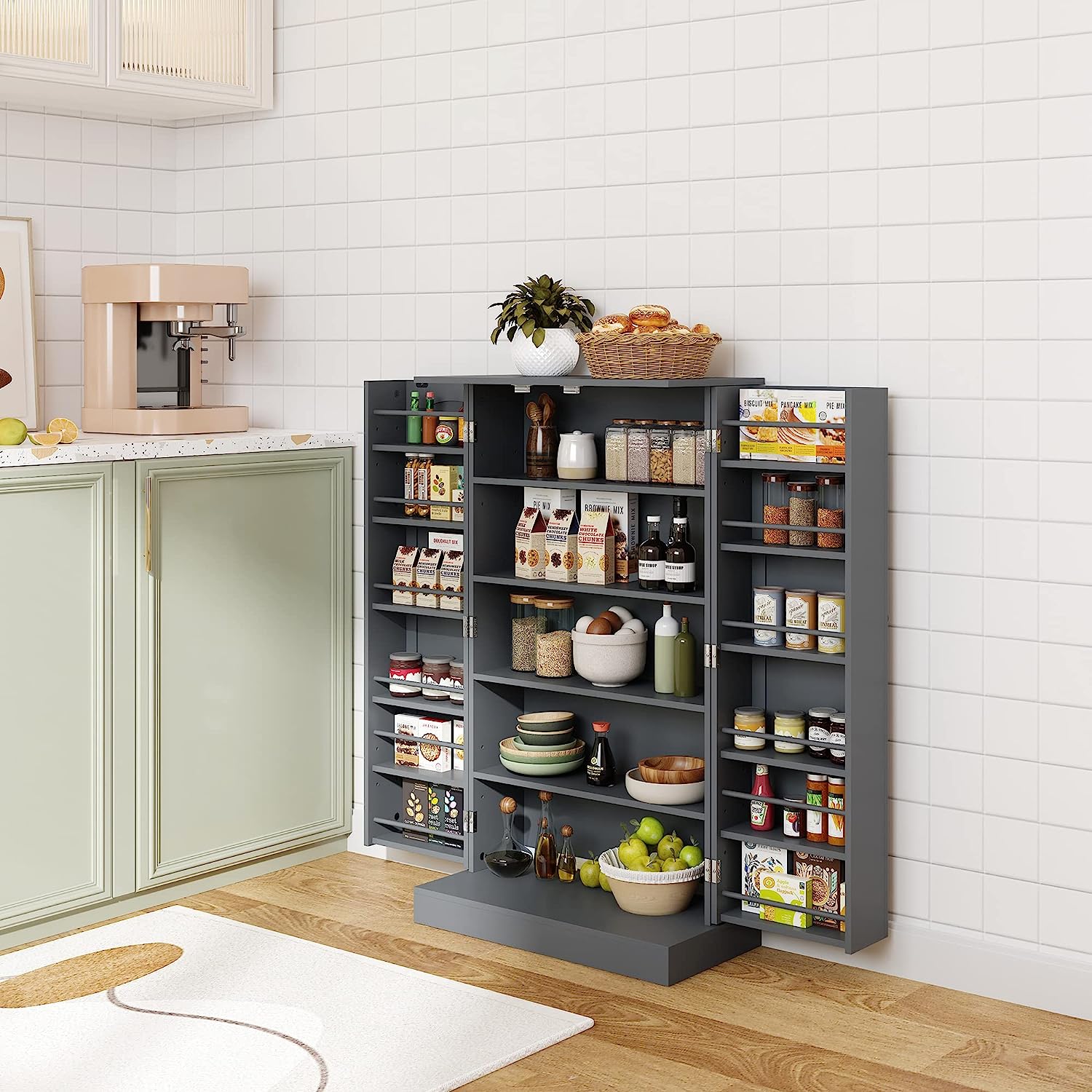

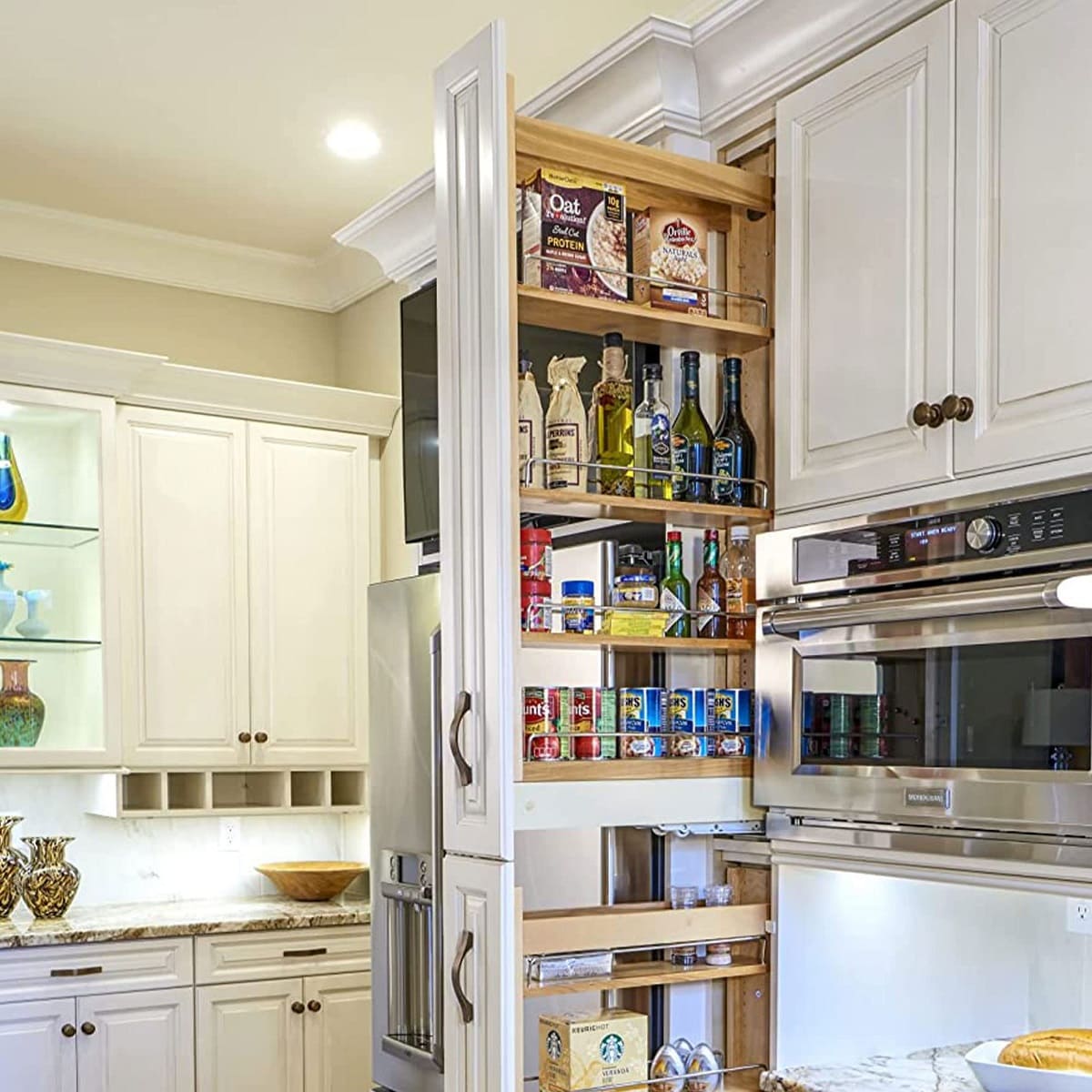
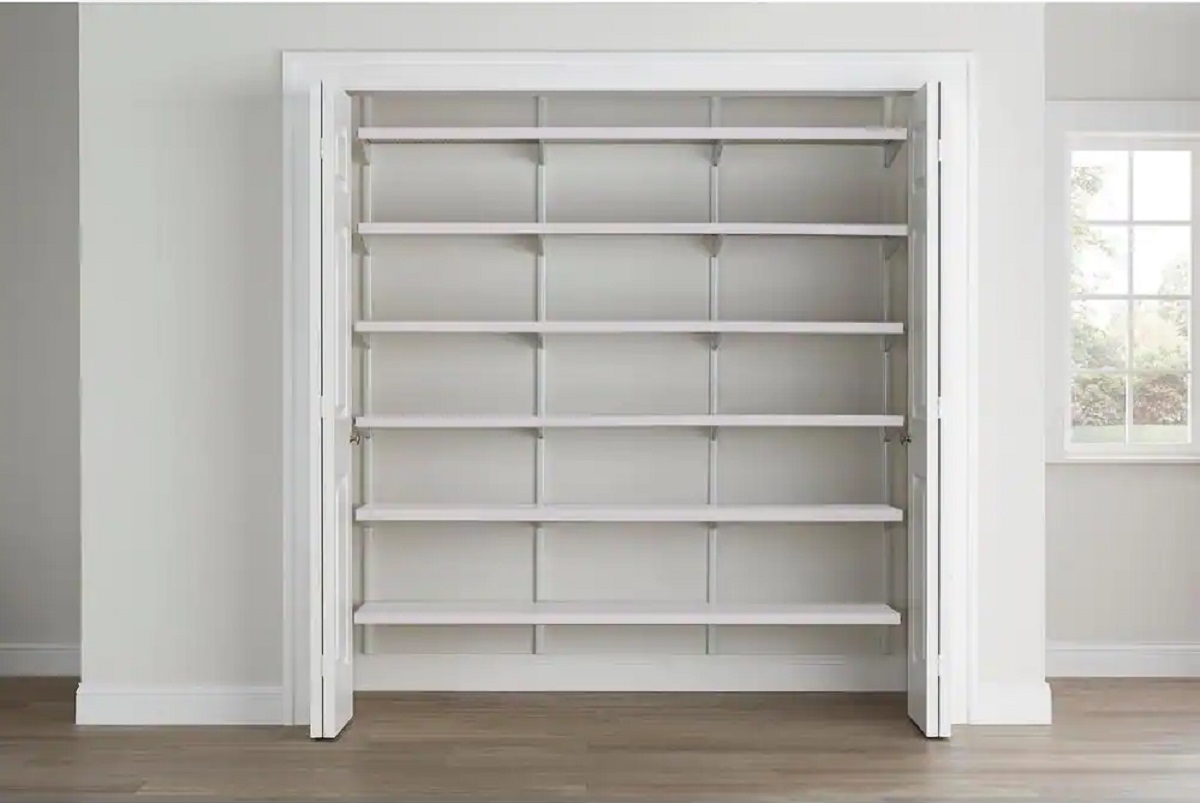

0 thoughts on “What Is A Pantry Cabinet”